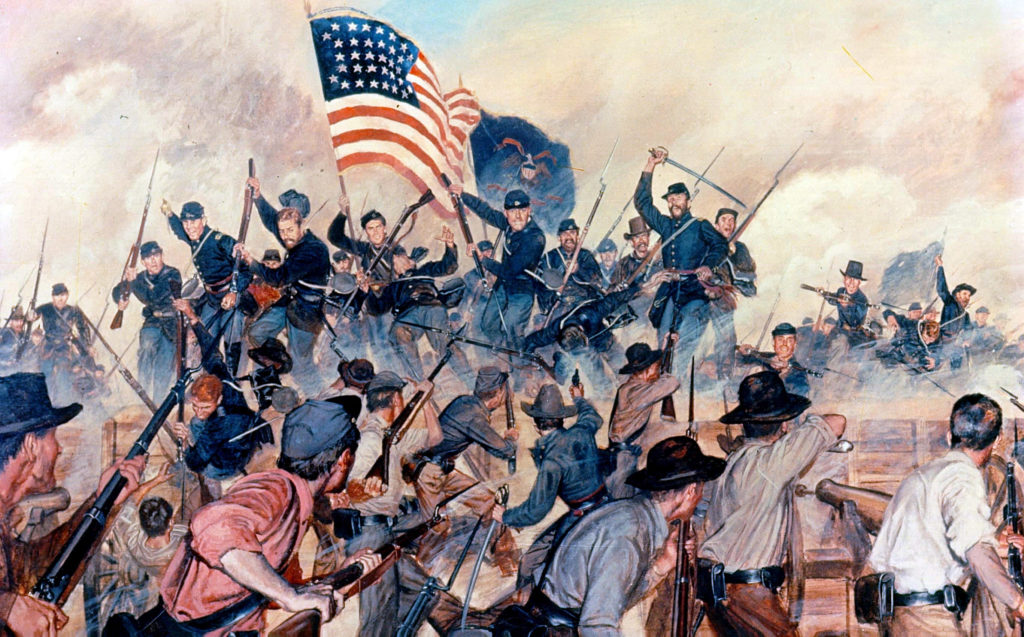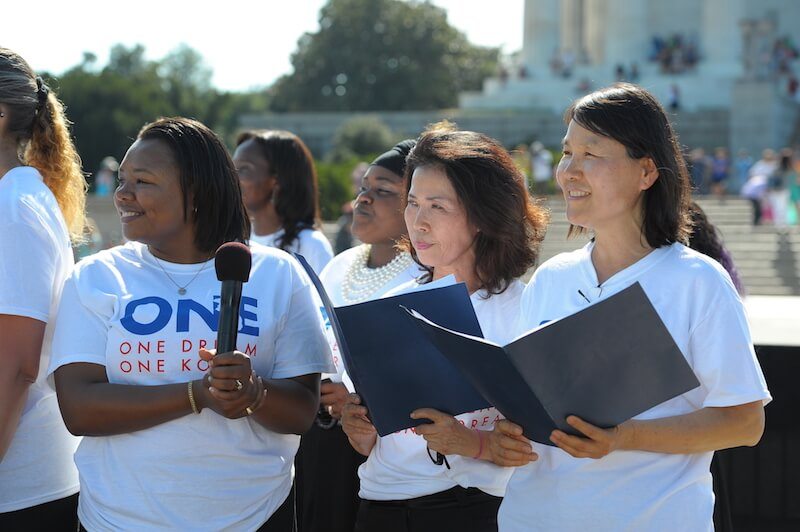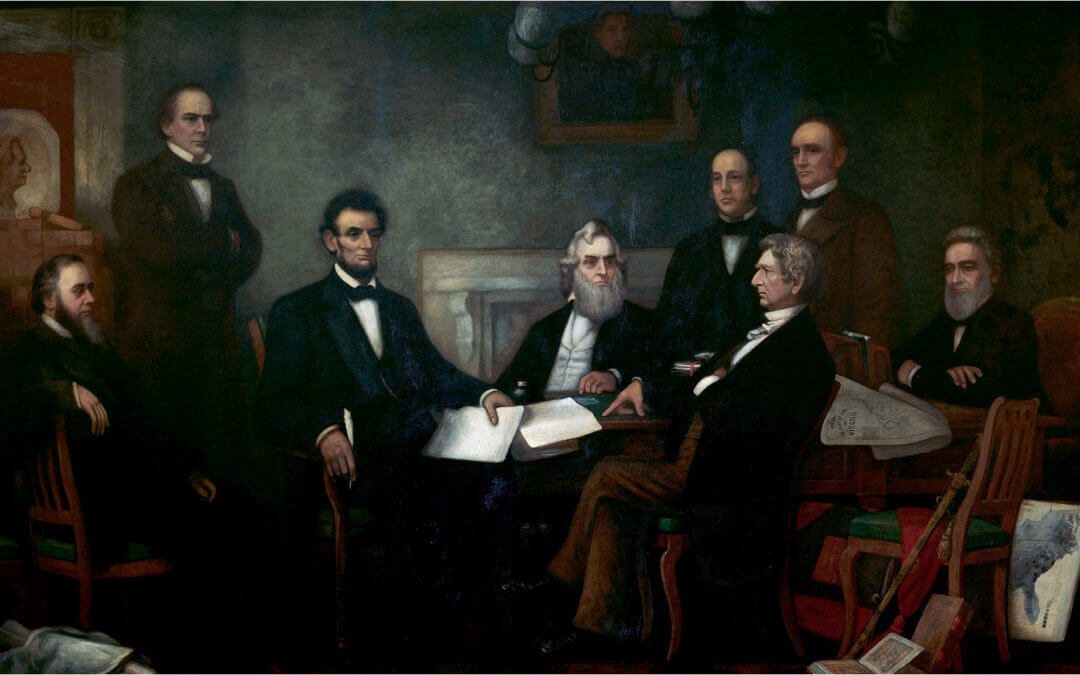The United States observes Thanksgiving on the third Thursday of November. Most every citizen acknowledges the national holiday as a day to express gratitude for the blessings in their lives, enjoying time and sharing food with family and close friends. However, many might not know or remember the origins of Thanksgiving, which emerged after one of the most painful periods of American history: The Civil War.

Union soldiers capture Vicksburg during the American Civil War
It is remarkable to note that it was the selfless leadership of a desperate president that endured the unimaginable weight of a nation divided, an incomparable challenge, only to emerge with optimism for the reunited country’s bright future. It encapsulates many lessons, one of which can be related to each of us: pain is not just a challenge to suffer, but rather to conquer and grow from. We must all face painful circumstances in life, but it takes maturity and selflessness to take it in, not run away, and instead acknowledge that we are stronger than we think. Together, as citizens, families and communities, we have the power to grow and change the course of our lives and society for the better.
President Abraham Lincoln challenged Americans to seek out the virtues of gratitude and forgiveness, pointing back to the nation’s founding Declaration for shared principles and values to bring North and South together once again. By pursuing this dream, a young nation would eventually work towards rebinding their wounds “with malice toward none and charity for all.”
Today, another nation remains divided by North and South.
Boasting more than five thousand years of shared history, Korea today is home to families, brothers and sisters, spouses, mothers, fathers and children that are divided by the 38th parallel. The peninsula now displays two radically and desperately divided economies, cultures and nations. People in the North suffer in a battle for basic human rights and the threat of nuclear weapons. The South struggles to reconcile the pursuit of material wealth with the social values to combat broken families, a shrinking population, and high suicide rates.
In America, reunification was possible because of the founding values expressed in the Declaration of Independence, “We hold these truths to be self-evident, that all men are created equal, that they are endowed by their Creator with certain unalienable Rights, that among these are Life, Liberty and the pursuit of Happiness,” which finally led to the abolishment of slavery following the Civil War.

One Dream One Korea concert for a United Korea in Washington DC.
In Korea, those principles are expressed in the ideal of Hongik Ingan, the destiny of the Korean people to “live for the benefit of humankind.” Hongik Ingan has proved throughout the peninsula’s long history to be a powerful unifying aspiration in times of crisis and threats to division predating the end of a World War that resulted in its division in 1945.
Today, movements like the One Korea Global Campaign are attempting to show a peaceful way forward toward reconciliation and reconstruction of one Korea. The dream of one Korea is not just a dream for Koreans, but for the entire world. The reunification of the Korean peninsula under this vision has potential to bring benefit to the world and finally bring an end to a war that has set “brother against brother.”
This is a challenge that we cannot run from. We must face it. Together, we can overcome the painful history that has divided our human family, learning from the past and charting a course for a brighter future: for Korea and for the world.
“The dogmas of the quiet past are inadequate to the stormy present. The occasion is piled high with difficulty, and we must rise with the occasion. As our case is new, so we must think anew and act anew. We must disenthrall ourselves, and then we shall save our country.” —Abraham Lincoln (16th President, United States)

